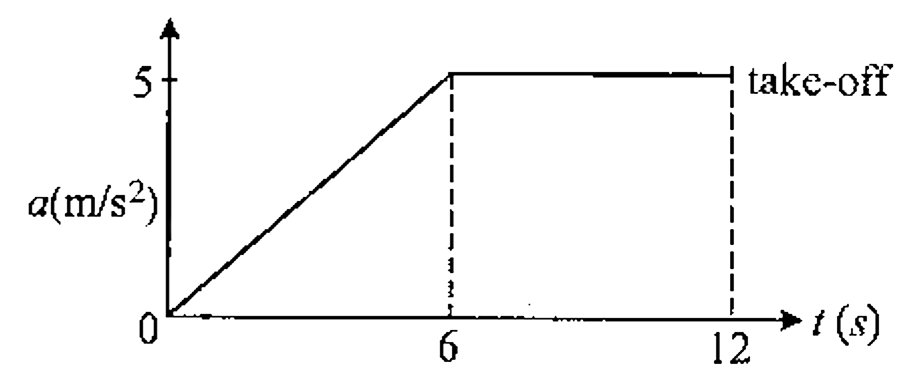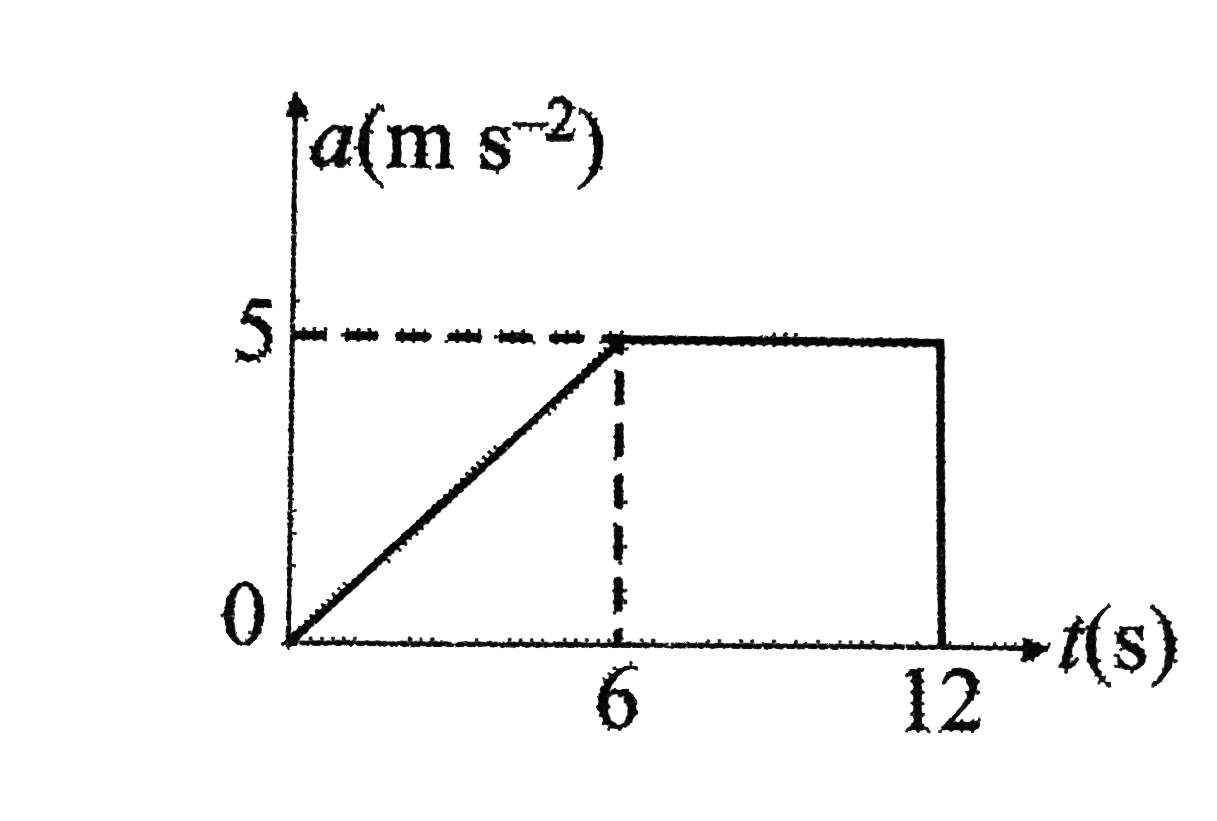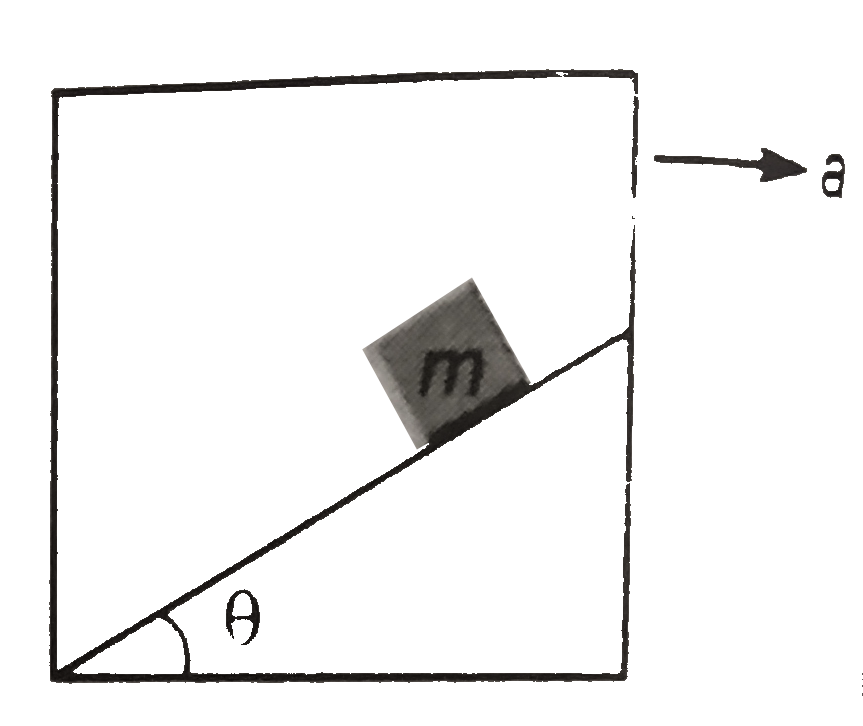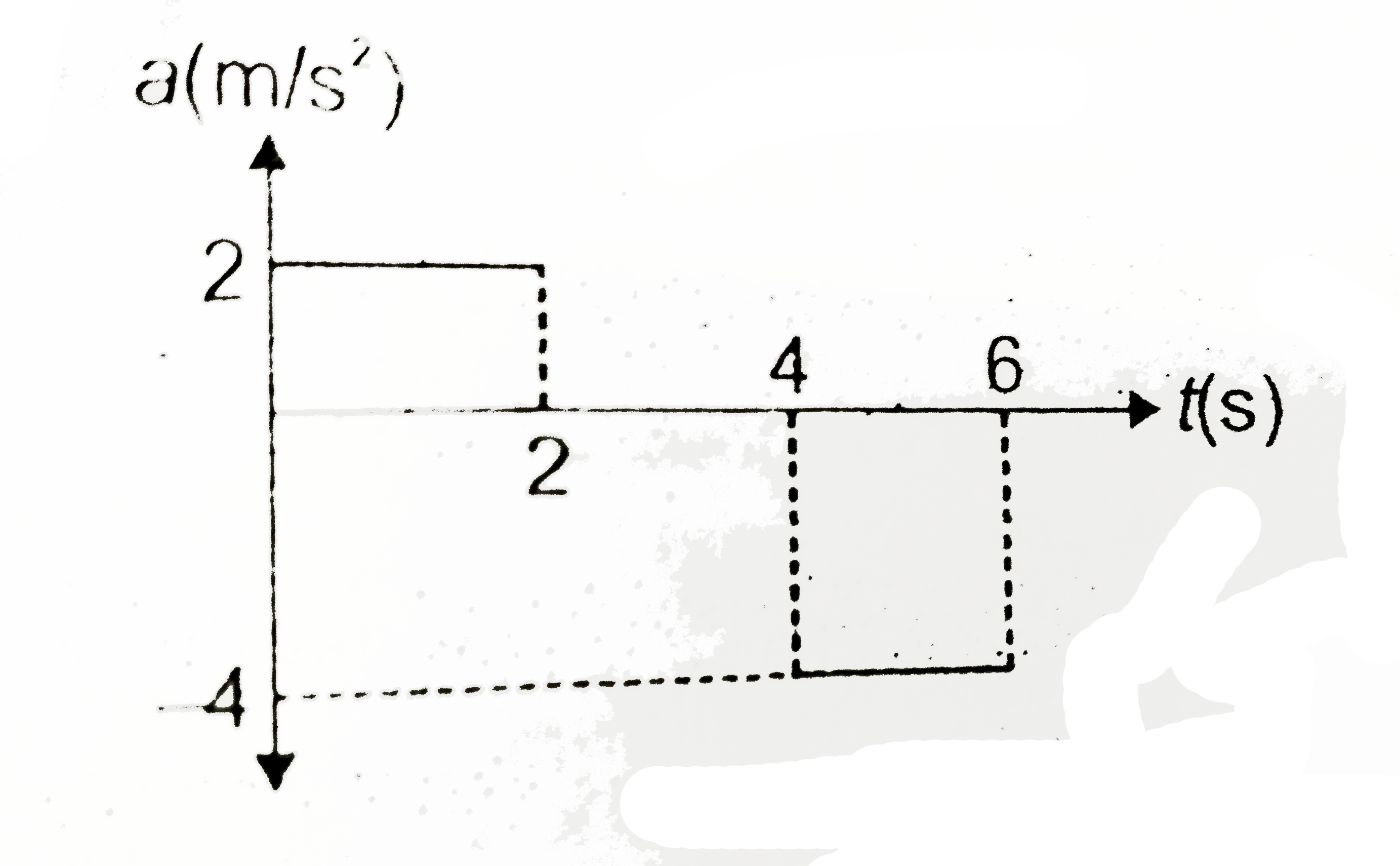An experiment on the take-off performance of an aeroplane shows that the acceleration varies as shown in the figure-l. 133, and that it takes 12s to take off from a rest position. The distance along the run way covered by the aeroplane is :

210 m
2100 m
21000 m
1200 m
The correct Answer is:A
Step by step video, text & image solution for An experiment on the take-off performance of an aeroplane shows that the acceleration varies as shown in the figure-l. 133, and that it takes 12s to take off from a rest position. The distance along the run way covered by the aeroplane is : by Physics experts to help you in doubts & scoring excellent marks in Class 11 exams.
Updated on:21/07/2023Topper's Solved these Questions
- KINEMATICSBOOK - PHYSICS GALAXY - ASHISH ARORACHAPTER - KINEMATICSEXERCISE - Advance MCQs with One or More Options Correct
17 Videos
- KINEMATICSBOOK - PHYSICS GALAXY - ASHISH ARORACHAPTER - KINEMATICSEXERCISE - Unsolved Numerical Pro.
83 Videos
- KINEMATICSBOOK - PHYSICS GALAXY - ASHISH ARORACHAPTER - KINEMATICSEXERCISE - Conceptual MCQs Single Option Correct
35 Videos
- GRAVITATIONBOOK - PHYSICS GALAXY - ASHISH ARORACHAPTER - GRAVITATIONEXERCISE - Unsolved Numerical
94 Videos
- LINEAR MOMENTUM & ITS CONSERVATIONBOOK - PHYSICS GALAXY - ASHISH ARORACHAPTER - LINEAR MOMENTUM & ITS CONSERVATIONEXERCISE - exercise 1.3
3 Videos
Similar Questions
An experiment on the take off performance of an aeroplane shows that the acceleration vaies as shown in (figure) and that it takes 12s to take off from a rest position.
a. Write the acceleration vs. time, velocity vs. time and position vs. time relations for complete journey.
b. Plot velocity vs. time relation for the motion.
c. Find the distance along the run way covered by the aeroplane.

View SolutionAn aeroplane runs for some distance on the run way before taking off. Why?
View Solution
Knowledge Check
A block is sliding along an inclined plane as shown in figure . If the acceleration of chamber is a as shown in figure. The time required to cover a distance L along inclined is
 A√2Lgsinθ−acosθB√2Lgsinθ+asinθC√2Lgsinθ+acosθD√2Lgsinθ
A√2Lgsinθ−acosθB√2Lgsinθ+asinθC√2Lgsinθ+acosθD√2LgsinθA train takes f s to perform a journey. It travels for tn s with uniform acceleration, then for (n−3)tn with uniform spced v and finally it comes to rest with unifom retardation. The average of the speed of the train is
A(3n−2)ν2nB(2n−3)ν2nC(3n−2)ν3nD(2n−3)ν3nWhen an aeroplane takes off, some occupants, often feel pain in the region of ears. This is because of
Arapid movement of fluid in semicircular canalsBblockage of eustachian tubesCrapid movements of otoliths in macula region of utricle and sacculeDincreased amplitude of the vibrating tympanum due to very loud sound produced by the jet engines
A particle starts from rest. Its acceleration is varying with time as shown in the figure. When the particle comes to rest, its distance from its starting point is

View SolutionA car starts from rest and moves with uniform acceleration of 5m/s^(2 for 8sec .If the acceleration ceases after 8seconds then find the distance covered in 12s starting from rest (in metres)
View SolutionAn aeroplane takes off from Mumbai to Delhi with velocity 50 kph in north-east direction. Wind is blowing at 25 kph from north to south. What is the resultant displacement of aeroplane in 2 hrs.
View SolutionA point initially at rest moves along x-axis. Its acceleration varies with time as a=(6t+5)m/s2. If it starts from origin, the distance covered in 2 s is:
View SolutionA: A body is moving along a straight line such that its velocity varies with time as shown in figure. Magnitude of displacement of the body from t=0 to t=12s is the same as the distance travelled by it in the given time duration,

R: For a unidirectional motion of a body, |displacement| = distance
View Solution